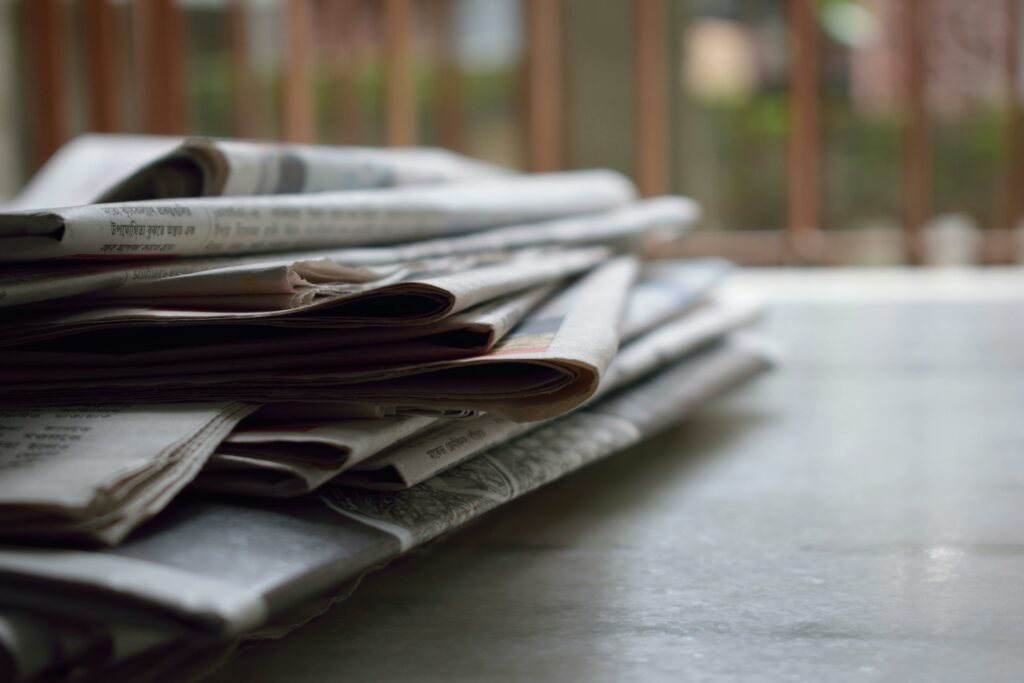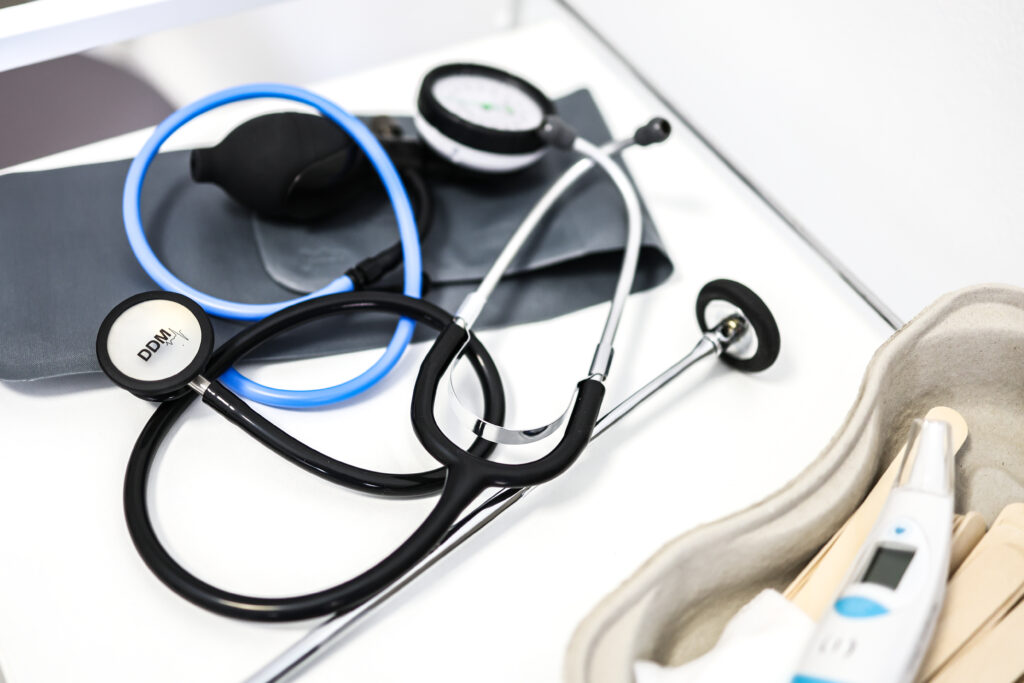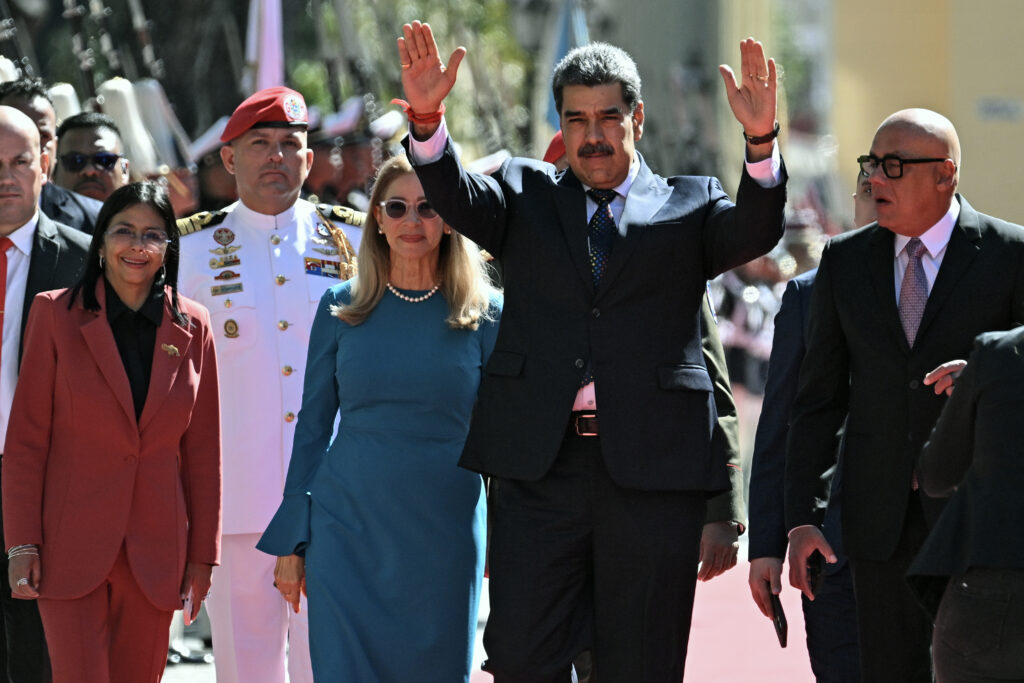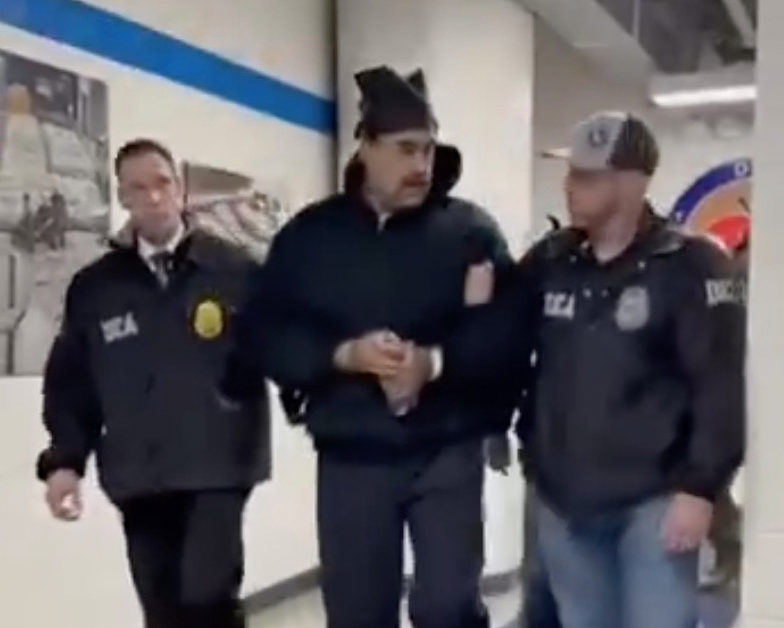Trump assure que les Etats-Unis dirigent le Venezuela, avant une comparution de Maduro
Donald Trump a affirmé que les Etats-Unis étaient “aux commandes” du Venezuela après la capture du président Nicolas Maduro, qui doit être présenté lundi à un tribunal à New York pour se voir signifier des accusations de trafic de drogue.Sommée de se conformer aux volontés de Washington, Delcy Rodriguez, nommée dirigeante par intérim à l’issue de la spectaculaire opération d’exfiltration menée samedi matin, a affiché sa volonté de coopérer avec Washington dans le cadre de relations “équilibrées et respectueuses (…) fondées sur l’égalité souveraine et la non-ingérence”.”Nous invitons le gouvernement américain à travailler conjointement à un agenda de coopération, axé sur un développement partagé dans le cadre du droit international afin de renforcer une coexistence communautaire durable”, a-t-elle ajouté après avoir avoir réuni son premier conseil des ministres.Celle qui était la vice-présidente de Nicolas Maduro montre ainsi un premier signe d’ouverture envers Donald Trump qui ne cache pas ses intentions de diriger la transition et ses ambitions pour les immenses ressources pétrolières”On a affaire à des gens qui viennent d’être investis. Ne me demandez pas qui est aux commandes, car je vous donnerai une réponse qui sera très controversée”, a tranché le président américain dimanche soir à bord de son avion Air Force One. Avant de préciser, face à l’insistance des journaliste : “Cela signifie que nous sommes aux commandes.”Donald Trump aussi a mis en garde Delcy Rodriguez: “si elle ne fait pas ce qu’il faut”, elle subira un sort pire que celui réservé au président déchu.- Légalité en question -Après des mois de frappes sur des embarcations accusées de trafiquer de la drogue, les Etats-Unis ont exfiltré samedi Nicolas Maduro, 63 ans, et son épouse Cilia Flores, 69 ans, qui doivent répondre d’accusations de “narcoterrorisme”. De nombreux pays contestent la légalité de l’intervention américaine, présentée par les Etats-Unis comme une “opération de police”, et le Conseil de sécurité de l’ONU doit se réunir lundi à la demande du Venezuela.En détention à Brooklyn depuis samedi soir, le président déchu doit répondre de quatre chefs d’accusation de trafic de drogue ainsi que de détention d’armes automatiques. Sa comparution initiale est prévue à partir de midi (17H00 GMT).Nicolas Maduro et son épouse sont visés par un nouvel acte d’accusation publié samedi, ainsi que quatre autres personnes, dont le ministre vénézuélien de l’Intérieur, Diosdado Cabello, considéré comme l’un des hommes les plus puissants du pays, et le fils de Nicolas Maduro. Ils sont notamment accusés de s’être alliés avec la guérilla des Forces armées révolutionnaires de Colombie (FARC), que Washington considère comme “terroriste”, ainsi qu’à des cartels criminels pour “acheminer des tonnes de cocaïne vers les Etats-Unis”.- Manifestation à moto -Minutieusement préparée, l’exfiltration de l’héritier de Hugo Chavez, qui a dirigé le Venezuela d’une main de fer pendant plus de dix ans, a provoqué la mort d’une “grande partie” de l’équipe chargée d’assurer sa sécurité, a reconnu le ministre vénézuélien de la Défense, le général Vladimir Padrino Lopez.Lors de l’opération, 32 membres des services de sécurité cubains ont été tués, a précisé le gouvernement de ce pays allié de Caracas, qui a décrété deux jours de deuil national.L’AFP s’est rendue dans sept centres médicaux de Caracas sans pouvoir y entrer ni accéder aux données, tandis que circulaient des rapports officieux faisant état de dizaines de décès. Une organisation regroupant des médecins au Venezuela a fait état auprès de l’AFP d’environ 70 morts et 90 blessés.Dans les rues peu fréquentées de Caracas, on ne voyait plus dimanche les patrouilles de policiers masqués et lourdement armés aperçues la veille. Des habitants patientaient devant les magasins d’alimentation, selon des journalistes de l’AFP.Environ 2.000 partisans de Nicolas Maduro, certains armées à moto, se sont tout de même rassemblés à Caracas en brandissant le drapeau national.- “Transition démocratique” -Si les Etats-Unis assurent ne plus vouloir s’impliquer dans les affaires politiques d’autres pays comme en Irak ou en Afghanistan dans les années 2000, Donald Trump n’a pas caché son intérêt pour les vastes ressources pétrolières du Venezuela, premières réserves de brut prouvées au monde.Le président américain a affirmé qu’il autoriserait les compagnies pétrolières américaines à exploiter l’or noir du Venezuela, qui vend son pétrole de mauvaise qualité sur le marché noir à destination notamment de la Chine.La capture de M. Maduro est “une étape importante, mais pas suffisante”, a écrit dimanche sur Instagram l’opposant en exil Edmundo Gonzalez Urrutia. Il a appelé à respecter les résultats de l’élection présidentielle de 2024, qu’il dit avoir remportée, et à la libération de tous les prisonniers politiques pour assurer une “transition démocratique”.Marco Rubio a jugé sur NBC qu’il était trop tôt pour organiser de nouvelles élections : “Nous attachons de l’importance aux élections et à la démocratie (…). Mais ce qui nous importe avant tout, c’est la sécurité, le bien-être et la prospérité des Etats-Unis.”






